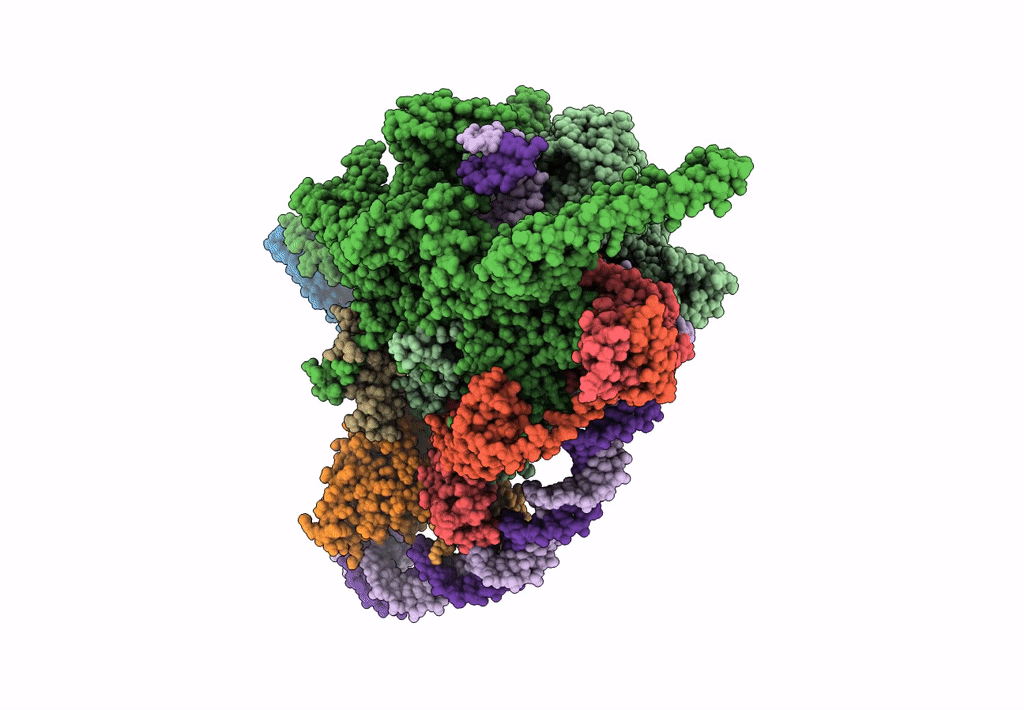
Deposition Date
2022-08-03
Release Date
2023-03-01
Last Version Date
2025-05-21
Entry Detail
PDB ID:
8DY7
Keywords:
Title:
Streptomyces venezuelae RNAP transcription open promoter complex with WhiA and WhiB transcription factors
Biological Source:
Source Organism:
Streptomyces venezuelae (Taxon ID: 54571)
Host Organism:
Method Details:
Experimental Method:
Resolution:
3.18 Å
Aggregation State:
PARTICLE
Reconstruction Method:
SINGLE PARTICLE


